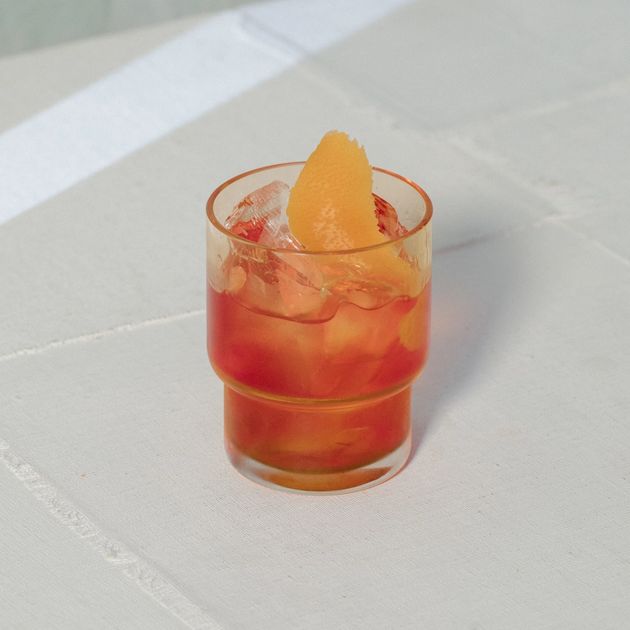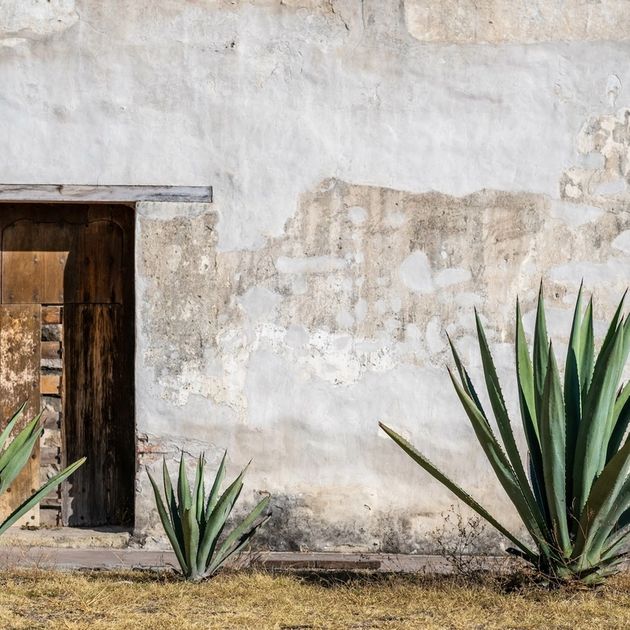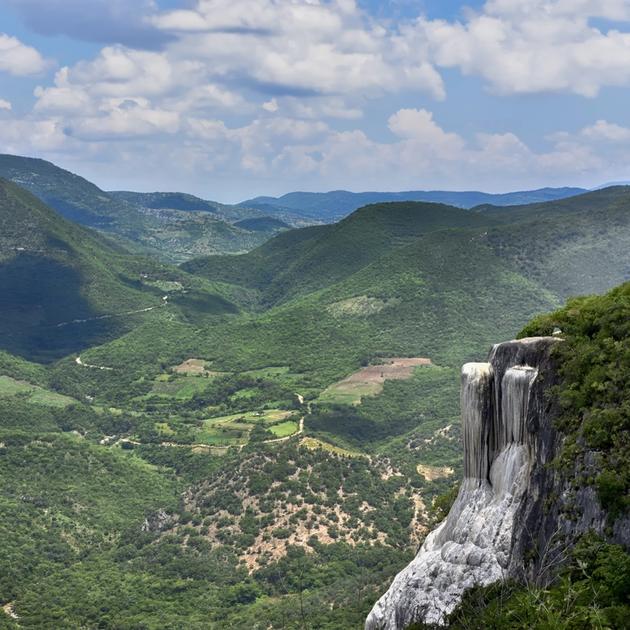What Is Mezcal?
The better question would be: what isn’t Mezcal? Mezcal is the liquor of your dreams, the answer to all your prayers. Your new best friend, the best tequila replacement you could ever ask for.
Okay, real talk. Mezcal is a distilled spirit made from agave plants.
The word Mezcal comes from its Mexican heritage, a combination of the Nahuatl terms “metl” and “ixcalli,” meaning “oven-cooked agave.” It’s pronounced m-e-s-c-a-l (in Spanish, z’s are pronounced as s’s).
Mezcal has only three ingredients. Mezcal is quite literally just agave, water… and lots of love. It’s naturally zero carb, low calorie, and always organic. It’s bright and brilliant, delivering complex and layered notes of citrus and tropical fruits with a smooth vegetal quality.
You’re probably drooling right now. Us too. Well, buckle up because we’re just getting started.
What does it taste like?
People always describe Mezcal as smoky, but it’s so much more than that. It’s complex, sweet, and has all kinds of unique undertones that’ll rock your world.
Mezcal undoubtedly has earthy undertones, which is another reason why people describe it as tasting “charred.” The charred aspect may come from the fact that Mezcal is, in fact, cooked in underground firepits, but we’ll get to that in a bit. By roasting the agave hearts (the core of the agave plant), the final product brings us delicious notes of caramel with subtle hints of ginger and cinnamon. Sounds warm and inviting AF, no?
Mezcal is more than just a smoky aroma. It’s a complex aroma with many layers. With notes of citrus, tropical fruits, pineapple, and pear, Rosaluna provides bright notes that (literally) everyone enjoys.
Last but certainly not least, it’s got a very smooth finish. Leading with a hint of agave smoke, Rosaluna finishes with subtle layers of sweet fruit and baking spice. If a physical hug could be put into words, you just read it.
Mezcal vs. Tequila?
No, they aren’t the same. How dare you?
Where is it made?
So, both Mezcal and tequila are made in Mexico. Similar to the nuance of how champagne is specifically made in the Champagne region of northern France, the difference comes down to geography.
Mezcal comes from its true birthplace, in Santiago, Matalán, Oaxaca. Yes, we had to be that specific. The same way we don’t like “outsiders” saying they’re from our hometown when they’re really from the outskirts, Mezcal is somewhat territorial. Oaxaca is where almost 90% of the world’s Mezcal supply comes from. And it’s the particular Matalán soil that gives Mezcal its famous and beloved earthy notes.
Tequila comes from Jalisco, a state northwest of Oaxaca. Some states have overlap for producing these two liquors, but true connoisseurs know the difference.
Where does agave come into play?
Agave plants don’t get enough recognition. Agave literally gives us both Mezcal and tequila (!) - we owe it our life.
There are over 200 types of agave plants. Agaves are found in warm climates, such as Mexico. Of these 200 agave plants, Mezcal can be made from 30 of them. Tequila, on the other hand, can only be made from one: blue weber agave.
With 30 agave plants to choose from, Mezcal has the versatility to be crafted and blended in many different ways. This versatility allows Mezcal to offer us various final products with slight, wonderful nuances. We’ll cheers to that.
How is it cooked?
The cooking process is the most significant difference between tequila and Mezcal.
Tequila is cooked in above-ground ovens that use pressurized steam to roast the agave.
Mezcal is cooked below ground in underground fire pits. This is an authentic artisanal method for making Mezcal that Rosaluna is proud to carry on. It requires more time and effort, but it’s this extra hard work that makes Mezcal taste that much better. It’s a crucial element to Mezcal’s third ingredient: lots of love.
The difference in these cooking methods is comparable to cooking a potato in the oven vs. the microwave. And the best part is: you don’t have to lift a finger—we do all of the cooking for you.
How Is Mezcal Made?
We’re so glad you asked. We pride ourselves on the hard work that goes into making this hand-crafted, magical spirit. Our family has spent six lifetimes perfecting this craft, and as an100% vertically integrated brand, we grow, farm, ferment, and distill our agave from start to finish.
It’s a 5-step process that starts with farming. We plant our very own baby agaves and nurture them with water and sun for up to eight years. Remember the unique Matalán soil, a key ingredient in any good Mezcal? We’ve perfected that too, constantly hand-cleaning the agave and maintaining fresh soil so they can grow up to be really sweet.
The next step is roasting. We start a fire with pinewood logs in the ground and cover it with stones. We pile on the agaves and let it cook for up to five days. This process adds the unique notes of “cooked” agave, smoky flavor, and “charred” essence.
Then, it’s on to milling. We use a mash or a tahona mill (pulled by literal horses) to take the juice and fiber out of the cooked agave plant.
Step number four: fermentation. This is where the real magic happens; sugar converts into alcohol. In our pinewood fermentation tanks, we add water to the juice and agave fiber, beginning the long (but well worth it) fermentation process. We’re talking eight days.
Last but certainly not least, distilling. In our double distillation process, we begin by mixing the fermented agave juice with the fiber. In the second distillation, we take the head and heart of the first distillation and distill it again to get an enhanced flavor and alcohol. This process separates the water from the alcohol and captures the alcohol into the final spirit of Rosaluna.
How to Make Mezcal Margaritas?
Ok, let’s get to what you came for: margarita time! And even better yet, Mezcal margarita time!
The beautiful thing about Mezcal is that there are no rules.
Rosaluna’s smooth and sweet flavor makes it perfect for drinking neat, but its unique balance of flavors also makes it the ideal companion to your favorite cocktail. Enter: the lovely Mezcal (Rosaluna) Margarita:
Rule of Three Margarita
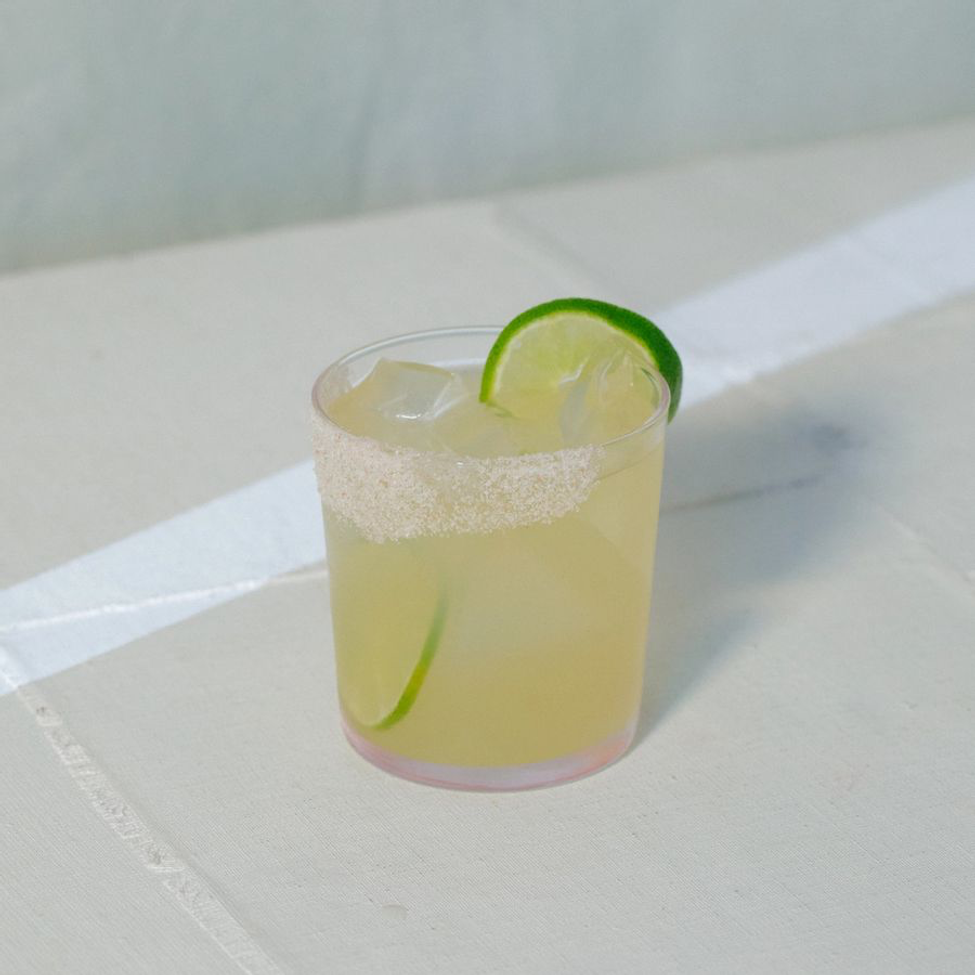
We love mezcal for its artful simplicity, and our take on the classic Mexican margarita is no different. With just three ingredients (sound familiar?), a simple garnish, and a good shake, you’re off to the races.
You’ll need:
- 2 oz Mezcal Rosaluna
- 1 oz Lime juice
- 1 oz Agave syrup
- Garnish: lime wheel and pink sea salt, if your heart desires
How to:
- Shake it all together with ice
- Pour strained into a chilled rocks glass with fresh ice
- Garnish with lime wheel and salt
And there you have it! Sit back, relax, and enjoy the beauty right in front of you.
Pink Moon Paloma
After you try that margarita, you’ll likely be itching for more Rosaluna recipes. We got you, boo. So here’s another of our favorite cocktails. Slightly less iconic but just as good.
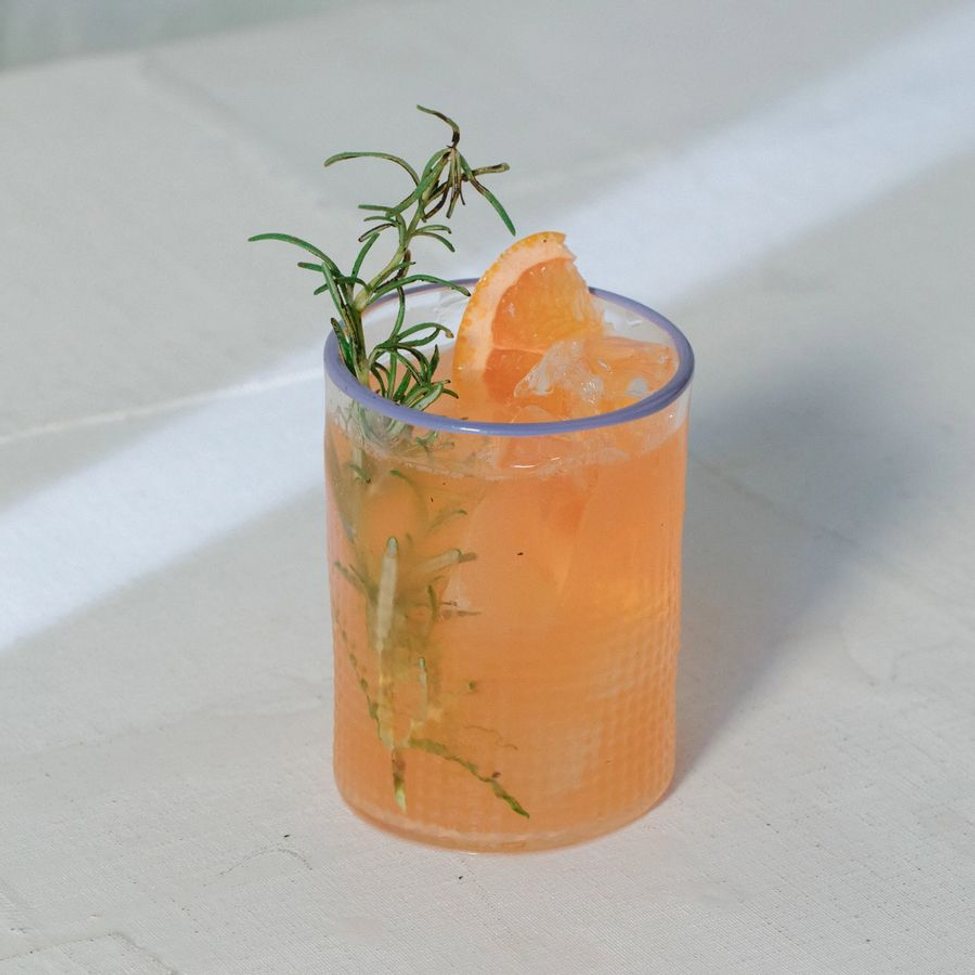
Rosaluna is the perfect accompaniment to citrus flavors. We loved it paired with grapefruit, a simple seltzer, or in a grapefruit cocktail.
You’ll need:
- 2 oz Mezcal Rosaluna
- 1 oz Fresh grapefruit juice
- 0.5 oz Lime juice
- 0.5 oz Agave syrup
- 1 pinch of salt
- Garnish: torched rosemary sprig & topped with seltzer
How to:
- Add all ingredients to shaker except seltzer
- Shake and pour into a glass filled with ice
- Top with seltzer and garnish with a rosemary sprig
We love the Paloma because it captures the layered and complex aromas of Rosaluna. With Rosaluna’s notes of citrus, tropical fruits, pineapple, and pear, the Paloma highlights these bright notes and is 100% delightful.
The Antidote
Last one, for good luck! Here’s our twist on the classic Negroni.
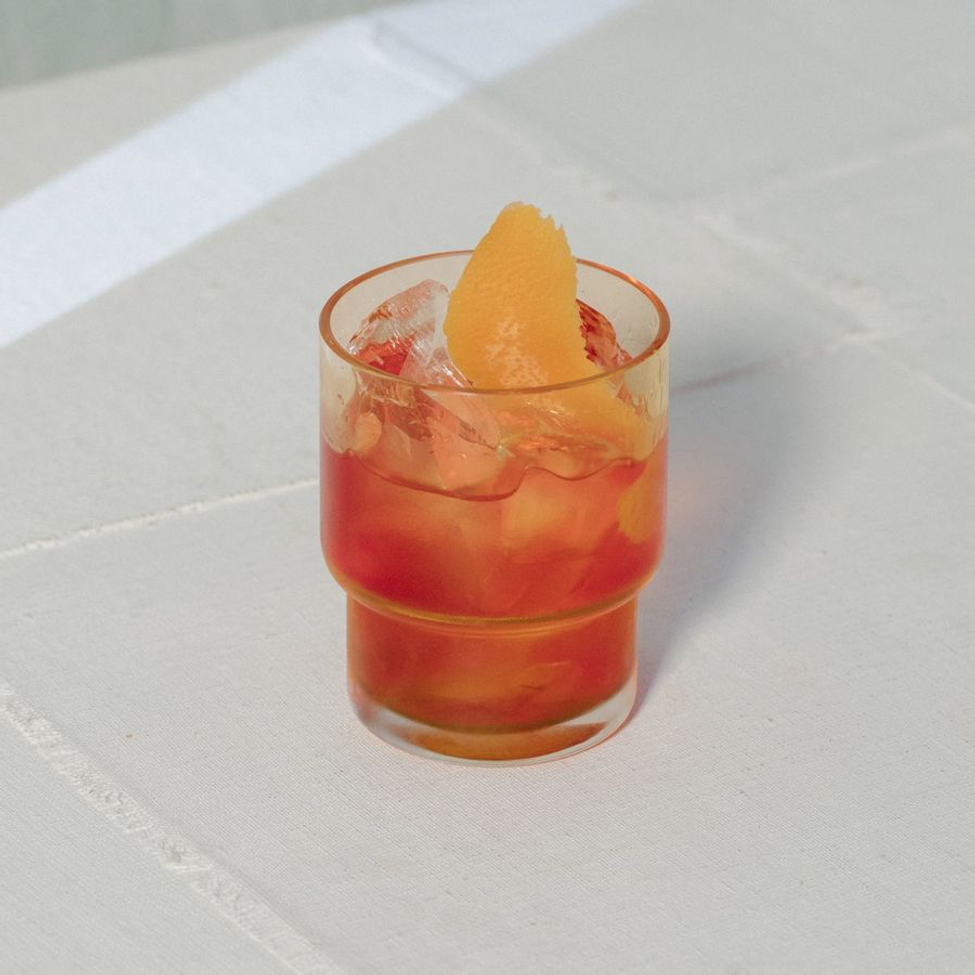
You’ll need:
- 1.5 oz Mezcal Rosaluna
- 1 oz Vermouth
- 0.75 oz Aperitivo
- Garnish: grapefruit swath
How to:
- Stir with ice
- Strain into a chilled rocks glass filled with ice
- Garnish with grapefruit swath
External Sources
https://www.history.com/topics/holidays/cinco-de-mayo
https://www.thespruce.com/agave-tips-for-growing-this-easy-succulent-1402874


